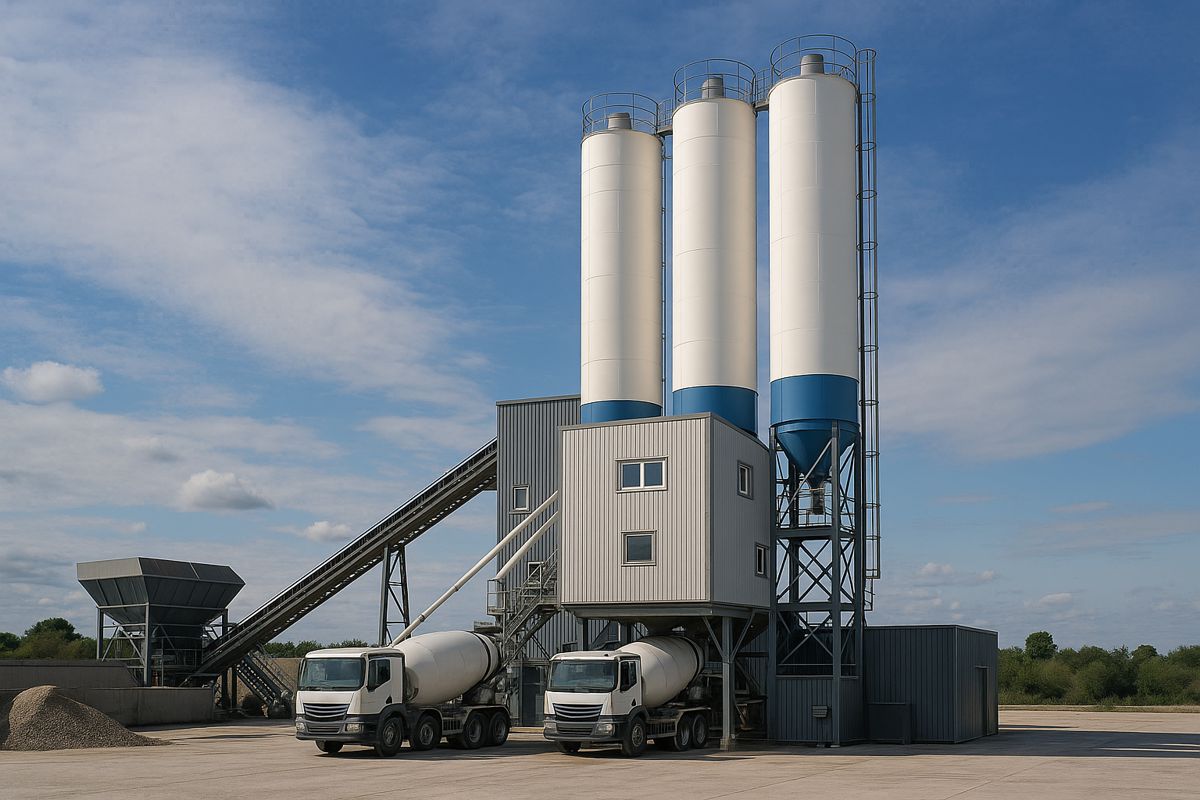EA Water Quality Report highlights inaction on Runoff Pollution
An Environment Agency (EA) state-of-the-nation update, warning that 86% of England’s water bodies fail to meet ‘good’ status, is strong on facts but falls woefully short on action to tackle surface water pollution, drainage experts are warning.
Jo Bradley is Market Development Manager with SDS Limited responded to the EA’s recent report on the state of water quality in England’s river system: “The State of the Environment: Water Quality” (19.2.18) acknowledges that harmful pollution from urban and transport run-off is a major contributor to water quality failures. However, no action is demanded to tackle the threat from toxic metals, hydrocarbons and microplastics washed into the aquatic environment during heavy storms.
“The report is weak, disappointing and sidesteps the need for action to prevent pollution from urban and highway runoff,” says Jo Bradley who spent more than 20 years working for the Environment Agency in the North West before joining SDS as a specialist advisor on water quality last year.
“The report estimates that the urban and transport sector accounts for 13% of all activities preventing water bodies from achieving ‘good status’, compared to 28% of water industry activities and 31% from agriculture.
“Yet it singles out farmers and Water Companies for action to reduce polluting discharges into rivers, without naming one single measure to tackle diffuse and point-source discharges from urban and transport runoff.

“These shortcomings highlight the imbalance between the investments rightly made in wastewater treatment to prevent pollutants including Polyaromatic Hydrocarbons (PAHs) and toxic metals from being discharged into rivers, while highway outfalls that are part of the very same catchments remain completely uncontrolled.
“Pollution from brake and tyre erosion, exhaust fumes and oil spills are known to contain chemicals which are toxic to the aquatic environment and to inhibit reproductive success in aquatic invertebrates. This pollution is, therefore, highly likely to be a major contributor to the water quality issues responsible for 38% of all fish test failures and 61% of all invertebrate failures recorded in the report’s Key Findings.
“The report states that the chemicals found in rivers that exceed European Environmental Quality Standards (EQS) include a range of harmful metals. Highway runoff is a key source of metals pollution.
“A key challenge is the lack of long-term data on chemical substance failures, a problem alluded to in the report. Additionally, a significant proportion of water bodies, classed as ‘Do Not Require Assessment’ (DNRA), are given ‘good’ status, even though they are not monitored at all.
“The Environment Agency’s figures state that of the 4679 waterbodies in England, 133 did not achieve ‘good status’ for chemicals. However, only 1075 were monitored and found to achieve ‘good’ status. A further 3471 were not monitored and were simply assumed to be ‘good’ and recorded as DNRA.
“There are estimated to be one million highway outfalls to waterbodies in England, many of which are not officially considered to be known discharges of significant quantities of priority hazardous substances. Yet, road runoff has been shown to contain polyaromatic hydrocarbons, particularly the hydrocarbon benzo[a]pyrene, well in excess of the EQS.
“The report also calls out the threat to water quality from microplastics pollution including from urban runoff. Sub-5mm plastic particles from tyre abrasion provide a host to which toxic pollutants can adhere in the same way as they bind to silts and sediments in runoff.
“To stand a chance of achieving the country’s environmental water quality targets in future, there is an urgent need for greater monitoring and greater use of the existing regulatory powers to reduce polluting discharges from urban and road runoff. These are actions both for the Environment Agency itself, as well as for the highway authorities and other high-risk sources of urban runoff.

“A wide range of tools and techniques, including Sustainable Drainage Systems (SuDS), are available to treat stormwater runoff and they effectively target harmful pollutants by removing solids and filtering out toxic metals. At high risk locations manufactured devices, such as hydrodynamic vortex separators, can target problem pollution and can also be deployed successfully alongside vegetative features to prevent pollution from entering river water bodies.
“With a growing body of knowledge, best practice, guidance and regulation, the industry is ready and able to act on surface water pollution – but we expect our environmental regulator to take a much stronger lead to monitor and enforce.”




















